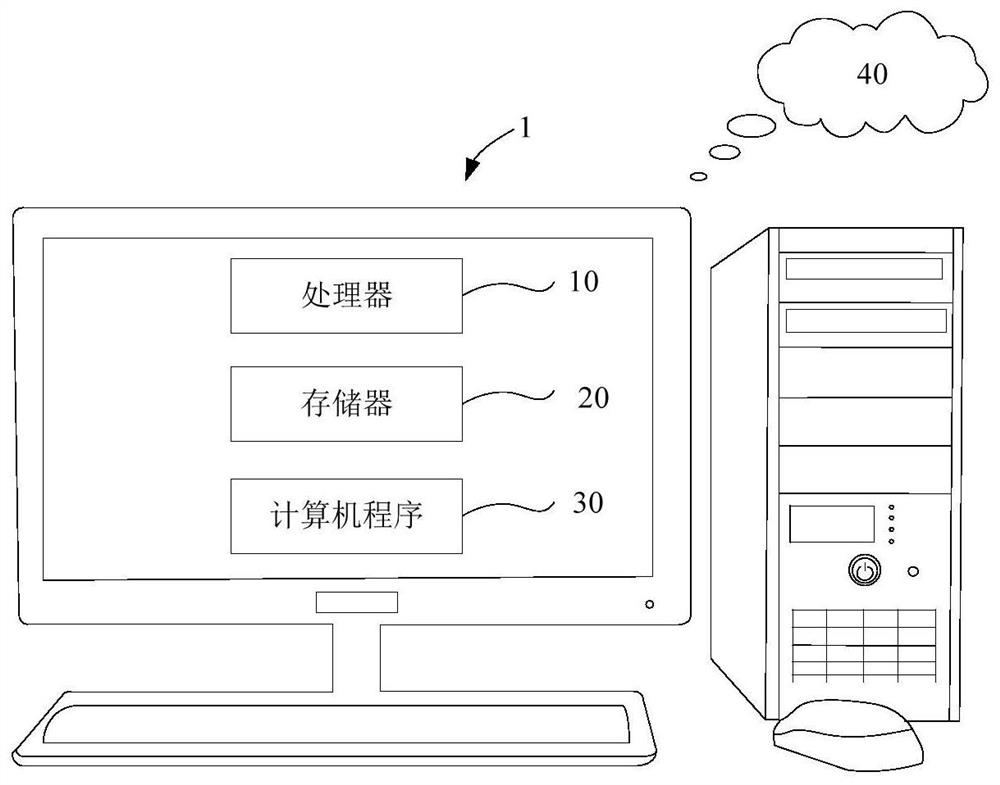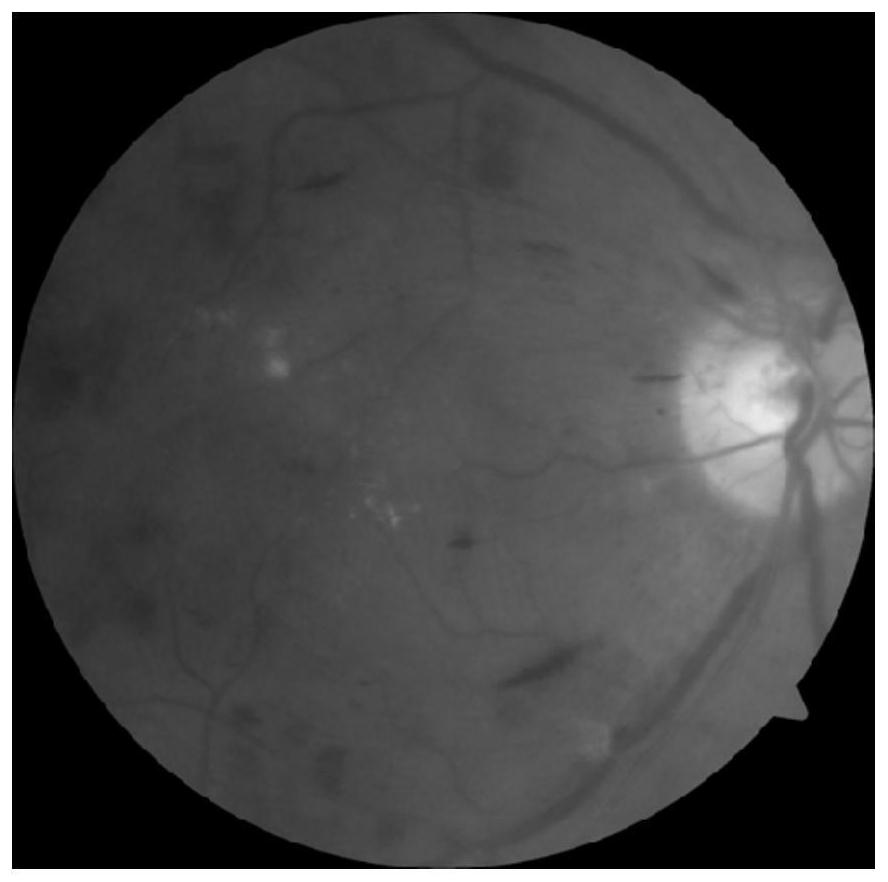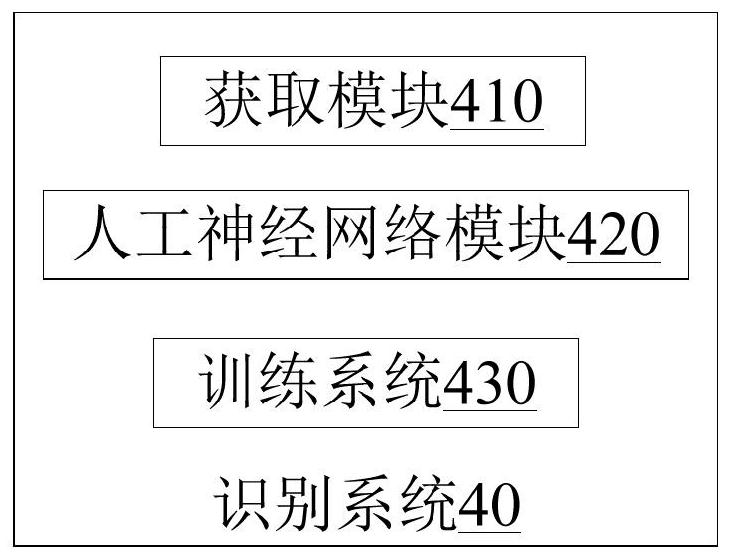Training method and training system for tissue lesion recognition based on artificial neural network
A technology of artificial neural network and training method, applied in character and pattern recognition, recognition of medical/anatomical patterns, image analysis, etc., can solve the problems of small distribution, irregularity, and misjudgment of lesion areas, and achieve the goal of improving accuracy Effect
- Summary
- Abstract
- Description
- Claims
- Application Information
AI Technical Summary
Benefits of technology
Problems solved by technology
Method used
Image
Examples
Embodiment Construction
[0031] Hereinafter, preferred embodiments of the present disclosure will be described in detail with reference to the drawings. In the following description, the same reference numerals are given to the same components, and repeated descriptions are omitted. In addition, the drawings are only schematic diagrams, and the ratio of dimensions between components, the shape of components, and the like may be different from the actual ones.
[0032] figure 1is a schematic diagram showing an electronic device according to an embodiment of the present disclosure.
[0033] Such as figure 1 As shown, the identification system 40 for tissue lesion identification based on artificial neural network in the present disclosure can be carried by the electronic device 1 (such as a computer). In some examples, the electronic device 1 may include one or more processors 10 , a memory 20 and a computer program 30 arranged in the memory 20 . Wherein, the one or more processors 10 may include a cent
PUM
 Login to view more
Login to view more Abstract
Description
Claims
Application Information
 Login to view more
Login to view more - R&D Engineer
- R&D Manager
- IP Professional
- Industry Leading Data Capabilities
- Powerful AI technology
- Patent DNA Extraction
Browse by: Latest US Patents, China's latest patents, Technical Efficacy Thesaurus, Application Domain, Technology Topic.
© 2024 PatSnap. All rights reserved.Legal|Privacy policy|Modern Slavery Act Transparency Statement|Sitemap



